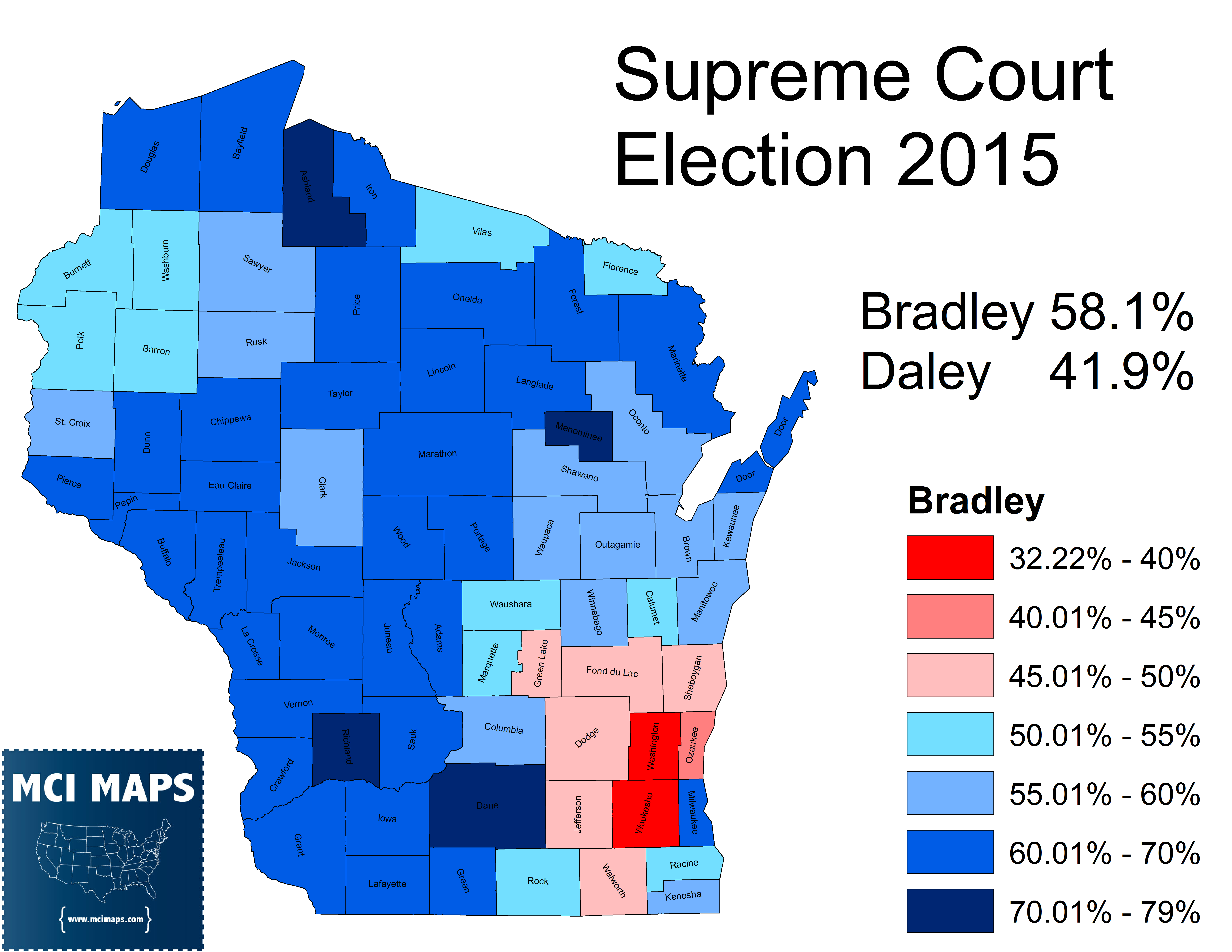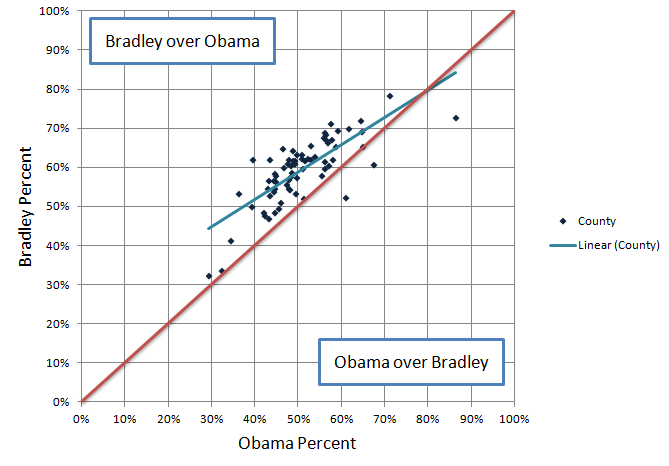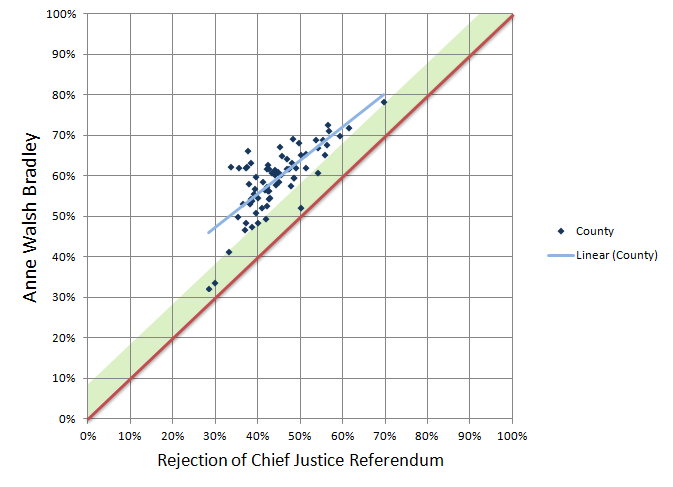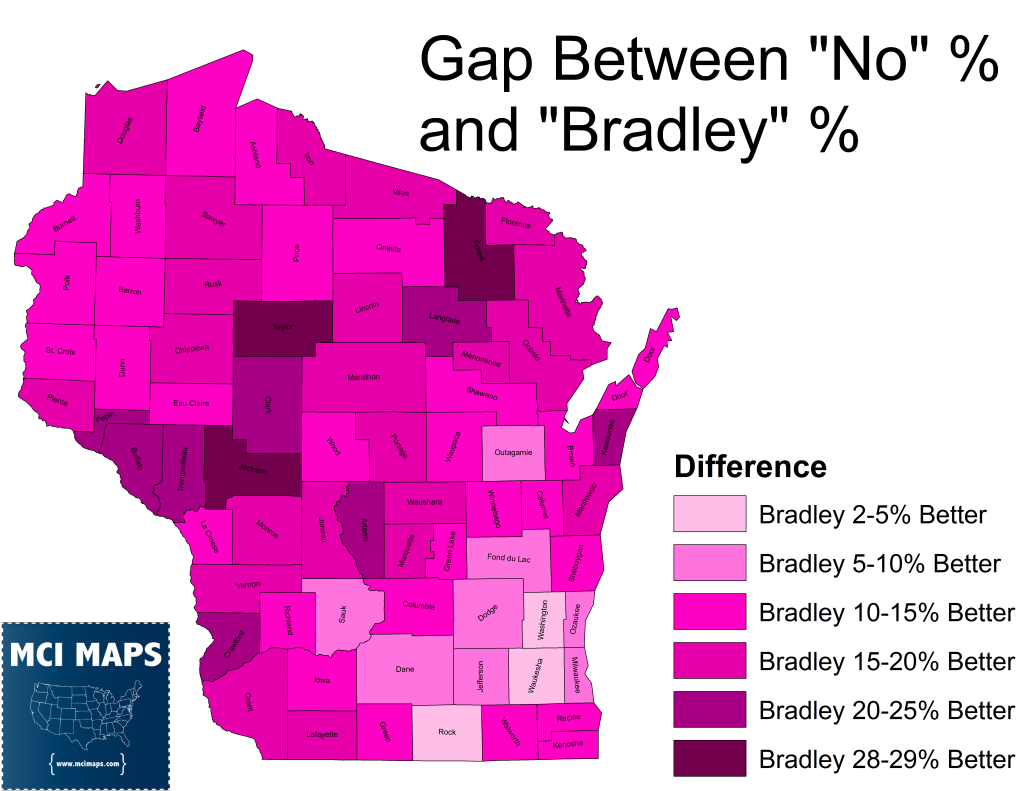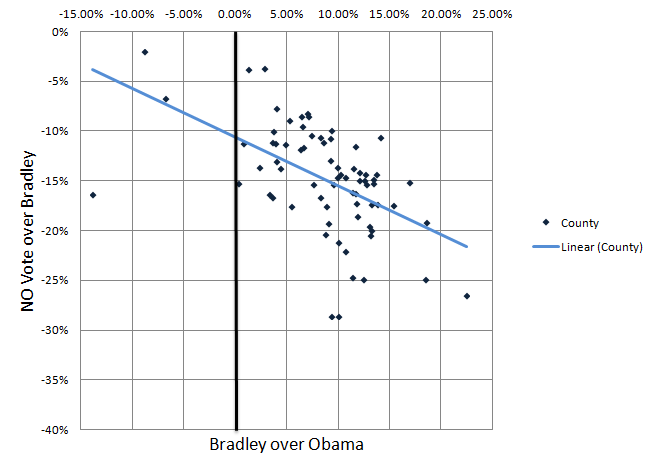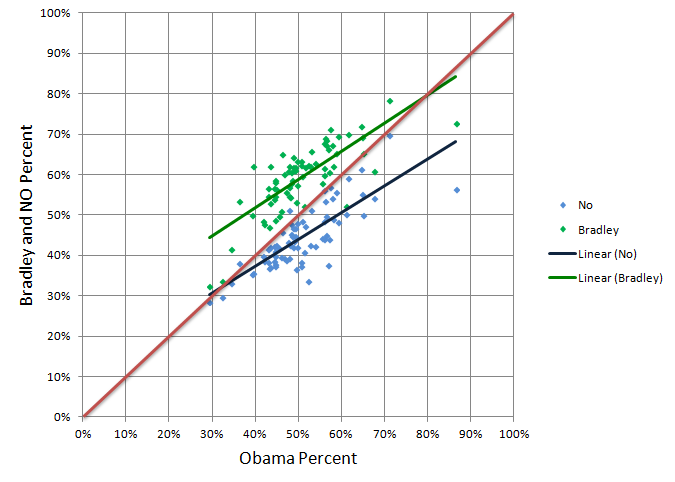Wisconsin’s Supreme Court elections have been drawing a greater deal of scrutiny in recent years. The state has been racked by partisan fights as Governor Walker and his GOP legislature have pushed the state further to the right. The state Supreme Court has thus drawn more attention as it has become a decider on the constitutionality of several actions and laws pushed by the state. Wisconsin elects its judges to 10 year terms, and currently conservatives hold a 4-3 majority. The 2011 election, which nearly saw a conservative justice almost lose to a liberal challenger, drew a great deal of attention due to the narrow results and controversies regarding the reporting of those results. Fast forward to 2015 and one of the liberal justices was up for re-election. Justice Ann Walsh Bradley faced off against James Daley. While the race was heated at times, it drew much less attention than the 2011 election. Bradley led in fundraising, raising $380,000 to Daley’s $140,000. Bradley won re-election with 58% of the vote; keeping the Supreme Court composition the same.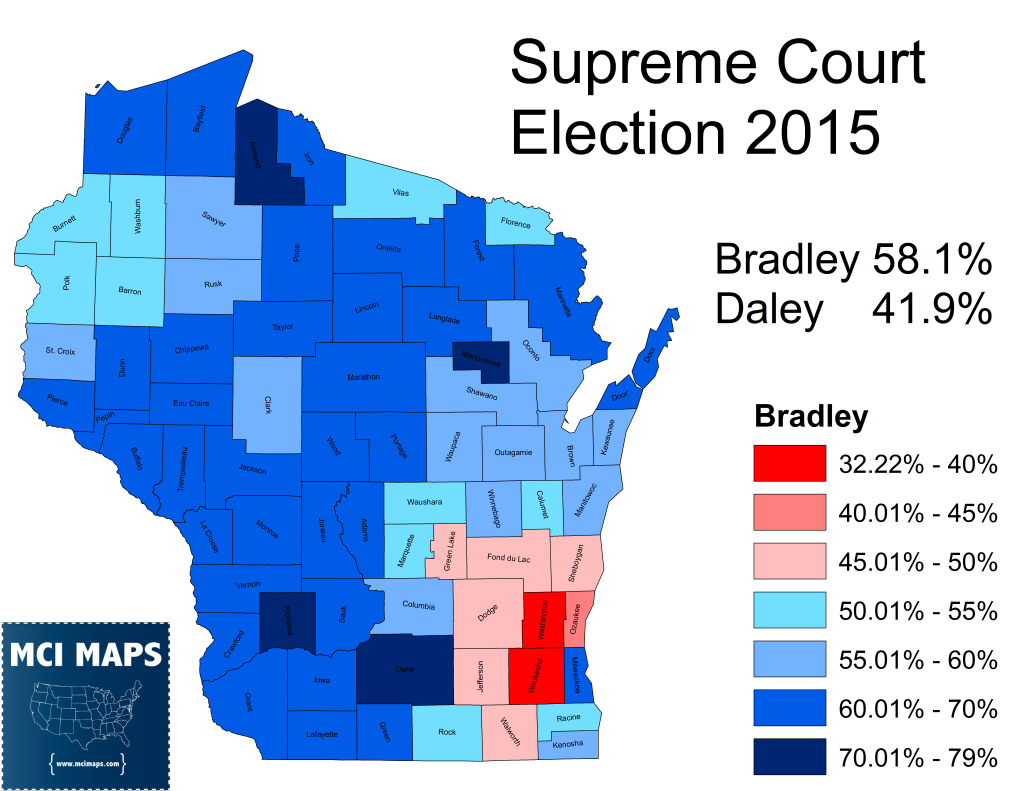
All the counties Bradley lost voted for Romney in 2012. Meanwhile, the Justice won many Romney/Walker counties. Bradley’s share of the vote was modestly tied to Obama’s, however, she did better than the President in nearly every county.
In addition the Supreme Court race, there was a referendum regarding the selection of the Chief Justice for the Court. Before the referendum, the oldest member of the court, in the case a member of the liberal bloc, was designated the Chief Justice. The referendum aimed to change the method of selection so that the Chief would be chosen by the justices themselves for two year terms. In practice, this would ensure a conservative Chief Justice. The measure was put on the ballot by the legislature with the backing of the Republicans and opposition of the Democrats. The referendum was effectively a partisan fight, with many elected officials taking party-line stances for or against it. However, the money race was largely one-sided, with the YES camp raising $600,000 and the NO camp raising just $80,000. The referendum narrowly passed.
This meant split results for liberals in the state. On the one hand, they held on to one of the Supreme Court seats. However, they effectively lost control of the Chief Justice position. Any effort for a Pro-Bradley/Anti-Referendum slate were clearly underfunded or poorly organized. However, there is some trend in the voting. When analyzing the county by county results, the support for Bradley and opposition to the referendum were modestly tied together. As support for Bradley grew, so did opposition to the measure. However, almost no counties fell on or near the red-line in the scatter-plot below; which would have indicated equal support for Bradley and opposition to the referendum.
The movement to reject the referendum did 11% worse than Bradley did. Had the effort only done 8% worse, it would have succeeded in killing the measure. The green shade in the above scatter-plot represents the 8% gap that the counties could have fallen in to ensure success. No county needed to reject the measure more than they supported Bradley (putting them under/to the right of the red line), a sufficient number just needed to fall within the green by shifting further to the right on the plot (while staying at the same level on the y-axis).
The map below shows where the gaps between Bradley and a NO vote were strongest. Some of the most Republican areas had the smallest gap.
There are lose ties between the gap support for Bradley. The trend is not especially strong, but it is there. Counties heavily in favor or Bradley saw a larger gap between her support and a NO on the referendum. As the map above and plot below show, no county gave NO a higher percent than it gave Bradley.
The most likely culprit is not a split in the Democrat/liberal vote, but rather that swing voters went more toward supporting the measure. As mentioned, Bradley won several areas that are more Republican in traditional elections. When I checked to see if the gap between Bradley and NO increased based on Obama’s support in 2012, I found no clear trend. It was not the case that traditional Democratic counties were more accommodating the the measure, it was that many of Bradley’s strong counties were so strong because she was winning over GOP voters; not because the counties were so Democratic. Dane County, home to Madison, was Bradley’s strongest county. The county is always heavily Democratic, and also featured one of the smallest gaps between NO and Bradley. The gap was higher in areas were Bradley outperformed the President.
When I compared the gap between Bradley’s support and NO on the referendum to how Bradley did compared to Obama, I found that as Bradley improved over Obama more, the more the NO vote under-performed Bradley.
So what appears clear is that many voters who would not support Obama were willing to vote for Bradley, but also for a referendum shifting the court’s leader to a conservative. In fact, while there is a strong correlation between Obama and Bradley’s vote share, the correlation between Obama and a NO vote for the referendum were slightly stronger. The scatter-plot below shows how the NO vote and the Bradley vote tie to Obama’s vote (the red line being a perfect match). The NO vote runs under Obama for the most part. Statistically, the NO vote had a greater tie to Obama than Bradley, with a coefficient of 0.63 compared to the 0.59 for Obama/Bradley (1.0 being a perfect correlation).
From the data, it appears clear that some of the voters willing to vote for Bradley, perhaps due to issues were her opponent or support for the Justice, were also more GOP-leaning and thus willing to back the referendum.
However, it should be noted that some of the Pro-Bradley, pro-referendum voters were probably also moderates who felt the referendum sounded good. The referendum backers had much more money and framed the issue as a more Democratic method. Many supporters of the measure likely did not know the partisan intent. Another factor in the successful package is likely that GOP turnout was higher than Democrats.
The results of the Wisconsin Supreme Court election and referendum do give conflicting results. However, both races still saw clear partisan trends. Bradley won by so much thanks to the support of voters who don’t normally vote Democratic. However, those same swing voters put the referendum over the top, ensuring a conservative Chief Justice on the State Supreme Court.

